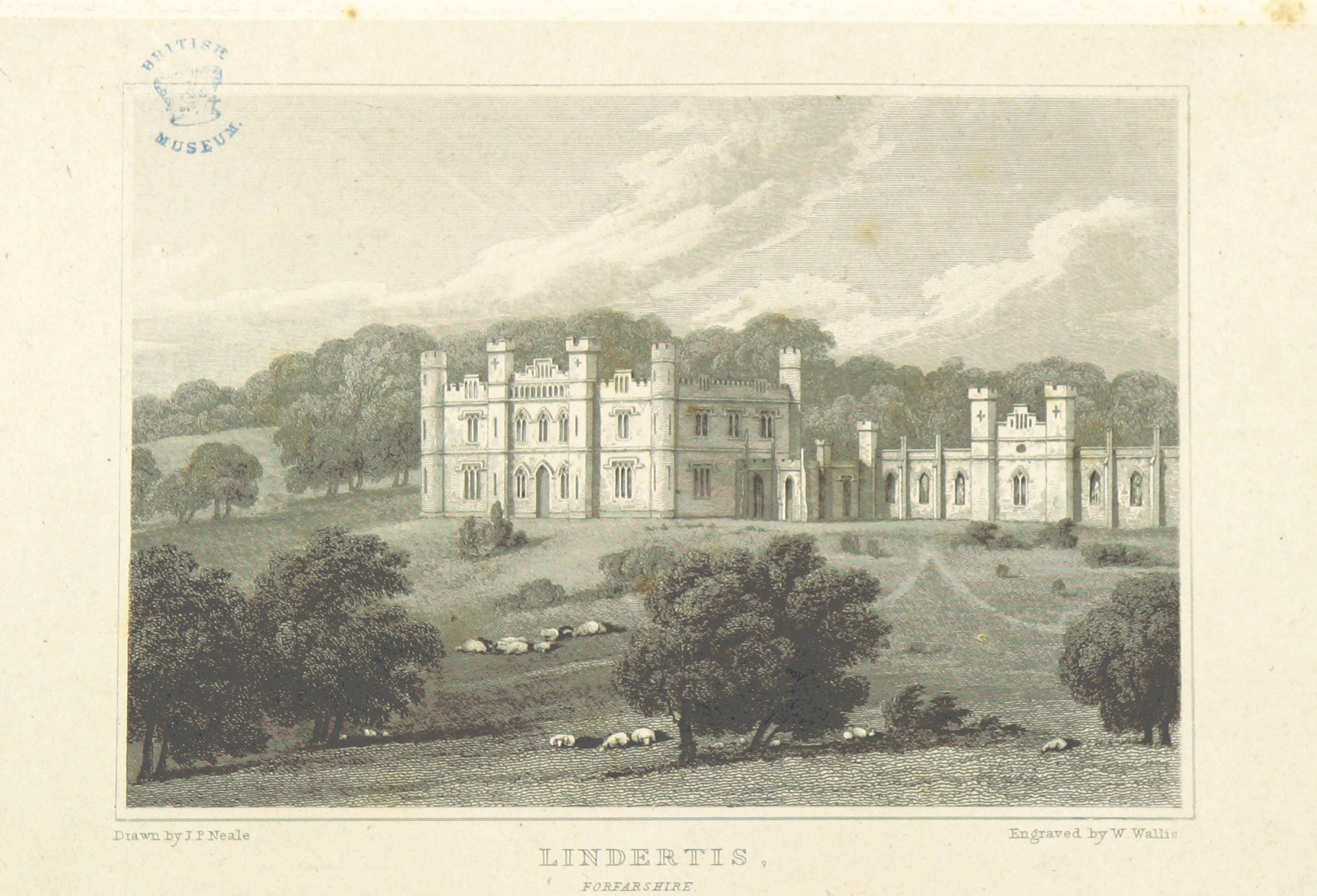Gilbert Laing Meason on:
[Wikipedia]
[Google]
[Amazon]
Gilbert Laing Meason of Lindertis
 He was born Gilbert Laing in Kirkwall, the son of Robert Laing and Barbara Blaw. His brothers were the historian Malcolm Laing and the travel writer Samuel Laing.
In 1799 he appears as a merchant living at 26 St Andrew Square in
He was born Gilbert Laing in Kirkwall, the son of Robert Laing and Barbara Blaw. His brothers were the historian Malcolm Laing and the travel writer Samuel Laing.
In 1799 he appears as a merchant living at 26 St Andrew Square in
Brief biography of Gilbert Laing Meason
FRSE
Fellowship of the Royal Society of Edinburgh (FRSE) is an award granted to individuals that the Royal Society of Edinburgh, Scotland's national academy of science and letters, judged to be "eminently distinguished in their subject". This soci ...
FSA (3 July 1769 – 14 August 1832) was a Scottish merchant and agricultural improver, best remembered as the originator of the term landscape architecture
Landscape architecture is the design of outdoor areas, landmarks, and structures to achieve environmental, social-behavioural, or aesthetic outcomes. It involves the systematic design and general engineering of various structures for constructio ...
.
Life
 He was born Gilbert Laing in Kirkwall, the son of Robert Laing and Barbara Blaw. His brothers were the historian Malcolm Laing and the travel writer Samuel Laing.
In 1799 he appears as a merchant living at 26 St Andrew Square in
He was born Gilbert Laing in Kirkwall, the son of Robert Laing and Barbara Blaw. His brothers were the historian Malcolm Laing and the travel writer Samuel Laing.
In 1799 he appears as a merchant living at 26 St Andrew Square in Edinburgh's New Town
The New Town is a central area of Edinburgh, the capital of Scotland. It was built in stages between 1767 and around 1850, and retains much of its original neo-classical and Georgian period architecture. Its best known street is Princes Street ...
still under the name of Gilbert Laing. He is thought to have adopted the suffix "Meason" upon his marriage.
Laing Meason lived on an estate called Lindertis, in Forfar, and was a friend of Sir Walter Scott
Sir Walter Scott, 1st Baronet (15 August 1771 – 21 September 1832), was a Scottish novelist, poet, playwright and historian. Many of his works remain classics of European and Scottish literature, notably the novels ''Ivanhoe'', ''Rob Roy (n ...
. He was interested in art history, and in 1828 published a book called ''On The Landscape Architecture of the Great Painters of Italy'' (London, 1828). It dealt with the way that buildings and structures were sited within landscapes to produce beautiful compositions. The book sold poorly. Although essentially a work of art criticism, Laing Meason touched on subjects, such as the placing of buildings and their surroundings, which form a central part of the modern landscape architect's work.
Laing Meason had no reason to believe that the term he used would become popular. The term would probably have died out if it had not been taken up by the horticulturalist and planner John Claudius Loudon. Loudoun thought that the term had a wider application outside art theory, and explained this view in an article in the contemporary ''Gardener's Magazine''. He felt that the phrase aptly described the composition of created landscapes, and cited the gardens of Deepdene as an exemplar.
The term was picked up by Loudon's American admirer Andrew Jackson Downing, from whom Frederick Law Olmsted
Frederick Law Olmsted (April 26, 1822August 28, 1903) was an American landscape architect, journalist, social critic, and public administrator. He is considered to be the father of landscape architecture in the USA. Olmsted was famous for co- ...
presumably first heard it. Olmsted was the first professional to describe himself as a 'landscape architect', and is considered to be the founder of the modern profession of landscape architecture.
In 1813 he employed the Edinburgh architect Archibald Elliot to remodel his mansion at Lindertis House.
In 1815 he was elected a Fellow of the Royal Society of Edinburgh
The Royal Society of Edinburgh is Scotland's national academy of science and letters. It is a registered charity that operates on a wholly independent and non-partisan basis and provides public benefit throughout Scotland. It was established i ...
. His proposers were Thomas Allan, John Playfair and Thomas Charles Hope
Thomas Charles Hope (21 July 1766 – 13 June 1844) was a British physician, chemist and lecturer. He proved the existence of the element strontium, and gave his name to Hope's Experiment, which shows that water reaches its maximum density at ...
.
He died in Venice
Venice ( ; it, Venezia ; vec, Venesia or ) is a city in northeastern Italy and the capital of the Veneto Regions of Italy, region. It is built on a group of 118 small islands that are separated by canals and linked by over 400 ...
in 1832.
Description
Gilbert Laing Meason (1769 - 1832) was a friend of Sir Walter Scott and the man who invented the term 'landscape architecture', as used in the title of this volume. Born in Kirkwall St Ola, Orkney, he later lived at Lindertis House near Forfar, in Fife, Scotland and was married to Mary Whitelaw Wemyss (1792-1858). His interest in architecture was inspired by the outward appearance of buildings and the placing of buildings and the types of space with which they are surrounded. When Gilbert Laing Mason Mechen was born on 13 June 1886, his father, Patrick Mechen, was 46 and his mother, Margaret McNeilly, was 40. He married Lily Warren Nicholls on 18 December 1917, in Christchurch, Canterbury, New Zealand. They were the parents of at least 2 sons and 3 daughters. He died on 11 July 1970, at the age of 84. *References
Brief biography of Gilbert Laing Meason